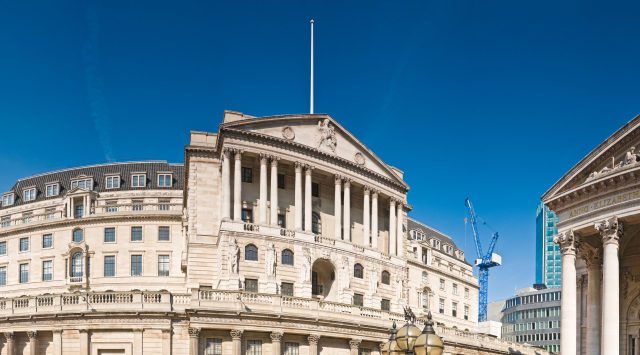In August 2015, unemployment increased for the second month in a row, adding weight to the arguments of ratesetters in the ‘lower for longer’ camp. Latest ONS figures showed the jobless total up 25,000 in the three months to June to a total of 1.85 million, however, the unemployment rate itself did not shift. Interest rates were held in early August by a vote of 8 to 1, as the Bank released its latest inflation report showing expectations that a first rise would come in or around February 2016.
More of the Bank’s Monetary Policy Committee (MPC) are expected to vote for a rise in the months to come, but they face a murky crystal ball as they decide whether to do so, with inflation at 0% and concerns the UK’s economic recovery could still be knocked off course.
ONS Statistician, David Freeman, commented:
”While it’s too early to conclude that the jobs market is levelling off, these figures certainly strengthen that possibility. Growth in pay, however, remains solid.”
Howard Archer, Economist at IHS Global Insight, said:
”How earnings develop over the coming months will play a crucial role in just when the Bank of England starts to raise interest rates. Should earnings growth pick up markedly over the coming months, it would increase the likelihood that the Bank of England will raise interest rates early on in 2016.”
 The outlook for when interest rates will rise has shifted forward slightly to about February 2016, despite the Bank of England pushing back expectations of when inflation will return to target. Rate watchers were delivered a triple whammy of news to digest on so-called ‘Super Thursday’, August 6, as the Bank’s latest Quarterly Inflation Report landed alongside its August rate decision and the accompanying MPC minutes.
The outlook for when interest rates will rise has shifted forward slightly to about February 2016, despite the Bank of England pushing back expectations of when inflation will return to target. Rate watchers were delivered a triple whammy of news to digest on so-called ‘Super Thursday’, August 6, as the Bank’s latest Quarterly Inflation Report landed alongside its August rate decision and the accompanying MPC minutes.
The inflation report suggested rates would rise in line with current market expectations, however, its data and charts flagged how those expectations had shifted in the past three months.
In its inflation report, the Bank stated:
”The MPC judges that it is currently appropriate to set policy so that it is likely that inflation will return to the 2% target within two years. Conditional on a gradual rise in Bank Rate, such as that currently implied by market yields, that is judged likely to be achieved.
The MPC’s projections are conditioned on a higher exchange rate and a slightly steeper path for Bank Rate than those in the May Report. The conditioning path for Bank Rate rises from early 2016 to reach 1.7% by 2018 Q3 around ¼ percentage point higher than in May.”
The MPC voted to keep the Bank rate on hold at 0.5% but one member, Ian McCafferty, called for an immediate rise to 0.75%, citing growth and wage pressure combined with less slack in the economy than thought, as his reasoning. The result was considered more doveish than expected, with forecasts that two members could vote for a rise and some even suspecting a 6 to 3 vote could be revealed.
However, this was still the first time this year that any MPC members have called for a hike and as the year continues, more are expected to be convinced of the need to start moving off the emergency measures of the 0.5 per cent Bank Rate.
Howard Archer commented further, saying:
‘‘We believe that the Bank of England will most likely edge up interest rates from 0.50 per cent to 0.75 per cent in February 2016 – and the risks that there could be an earlier move have now waned markedly. Further out, we see interest rates only rising gradually to 1.25 per cent by the end of 2016, 2.0 per cent by the end of 2017 and 2.50 per cent by the end of 2018.’’

Comments on UK Bank Rate pegged for increase in February 2016
There are 0 comments on UK Bank Rate pegged for increase in February 2016